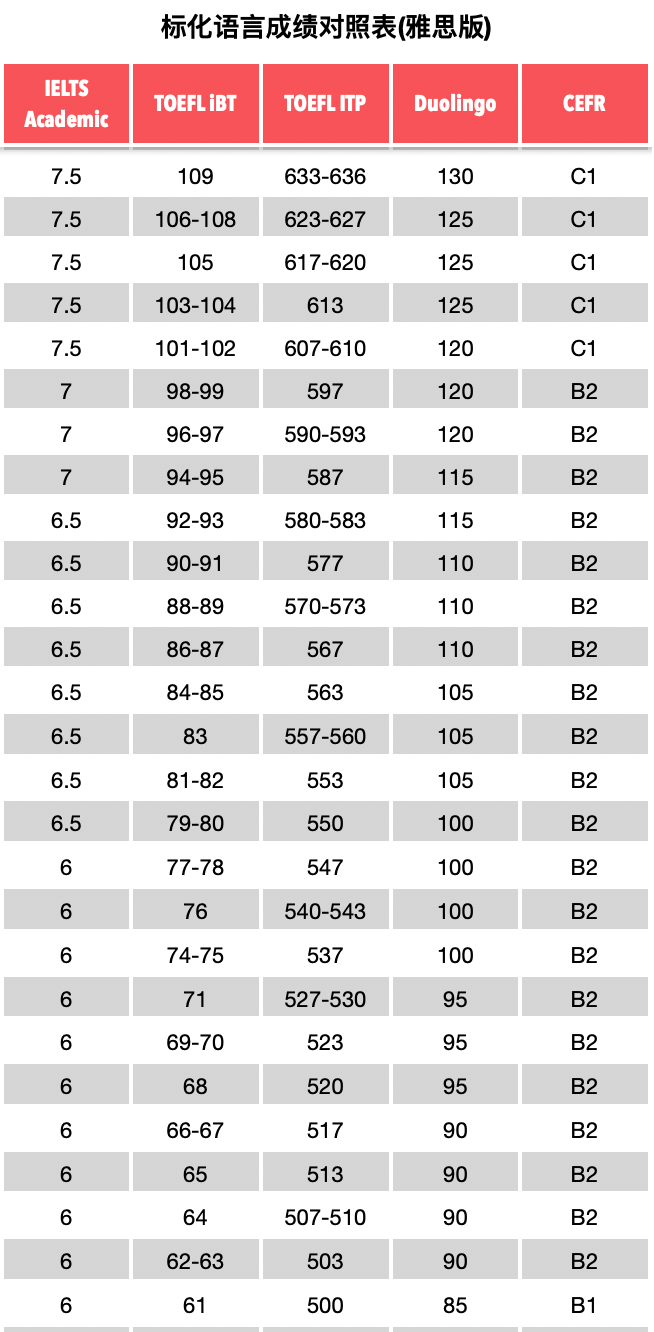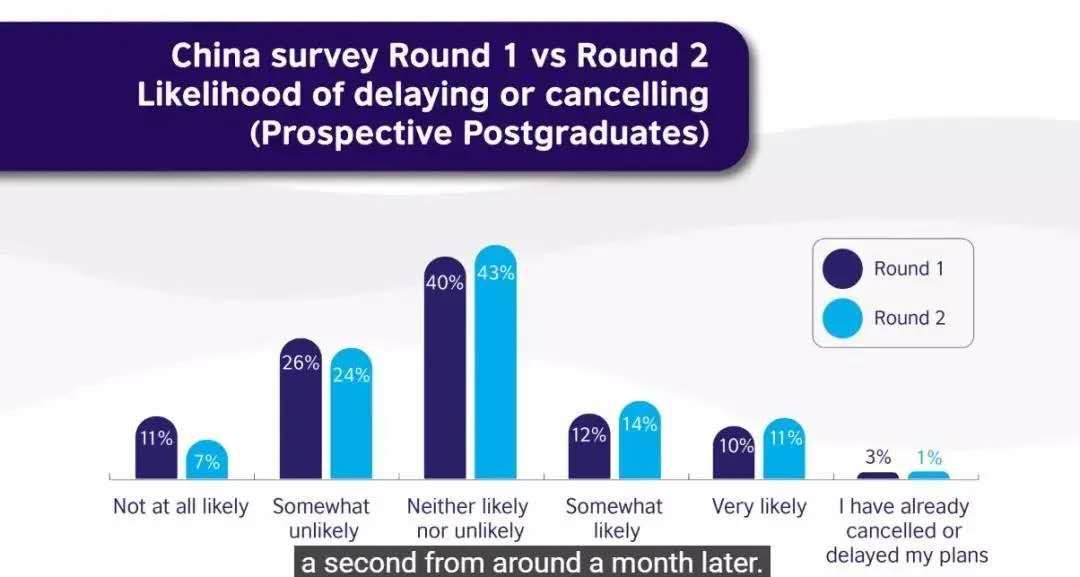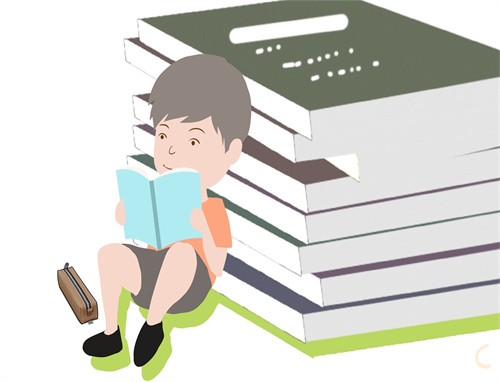托福听力分数换算方式解读 ,28道题和30分满分是如何算出来的?今天小编给大家带来托福听力分数换算方式解读,希望能够帮助到大家,下面小编就和大家分享,来欣赏一下吧。
托福听力分数换算方式解读 28道题和30分满分是如何算出来的?
托福听力分数概念介绍:原始分和标准分
对于托福听力的分数,首先我们需要搞清楚两个概念:原始分和标准分。
原始分指的是考生在考试中得到的、未经处理的分数。托福听力的原始分(raw score)是这样计算的:每道单选题原始分1分。4选2多选题,答对2个得2分,答对1个得1分,答对0个得0分。5选3多选题,答对3个得2分,答对2个得1分,答对1个及以下得0分。表格题,全部答对得2分,之后错一个减1分,最少0分。
然而我们在托福成绩单上看到的分数不是原始分,是标准分(scale score)。原始分的最大问题是,由于不同考试的难度不同无法让不同考试的结果互相比较。假设有A、B两场考试。A考试难度较大,B难度较小。那么两场考试中获得的同样的原始分,如25分,就没有可比性。因此,我们需要将原始分转化为标准分。那么何为标准分?所谓标准分,就是对原始分采用一定算法折算的分数。标准分的目的,就是为了消除考试难度的差异,让考生的成绩更具有和其他场次考生分数对比的可信度。
托福听力算分过程具体讲解
搞清了原始分和标准分,我们再看TOEFL听力的算分过程:
Step 1:计算出以下几个数据:
1.某考生在本次考试中的原始分;
2.本次考试中所有考生原始分的中位数(mean)和标准差(standard deviation);
3.中国学生过去几年的标准分(scale score)的中位数(mean)和标准差(standard deviation)。
Step 2:按照公式计算得出最后的分数。
由此可见,一个托福听力分数的生成,需要大量的学生数据,不是简单的答对一个题几分,而是需要综合考量同场次其他考生的发挥情况和考试难度,才能得出比较综合的结果。
而对于考生来说,其实需要做好的事情也只有一件,那就是无论托福听力难度高还是低,大家都需要尽量保证得分,算分过程本身并不存在可供考生制定额外考试策略的空间,所以大家能够追求的只有尽可能高的正确率所带来的听力分数。托福听力的分数提升说到底还是需要建立在自身听力水平提升的基础上,明确托福听力分数换算只是第一步,我们更需要脚踏实地进行真题训练,有的放矢实现自身能力提升。
2020托福听力练习:公路噪音掩盖鸟类求救信号
It may not be the most melodious bit of birdsong you'll ever encounter. [Titmouse alarm call]. But this particular call, issued by a tufted titmouse, conveys important information about the presence of potential predators. But only if other birds can hear it.
Unfortunately, near a highway, traffic sounds can drown out such alarm calls. Scientists have long observed a decrease in wildlife populations in habitats adjacent to major roadways. And many figured it was the noise that drives creatures to hightail it someplace more remote. But it could be more than mere annoyance that keeps animals away. The inability to hear potentially life-saving calls could also be a factor. That's according to a study in the journal Biology Letters.
To test that theory, Aaron Grade and Kathryn Sieving at the University of Florida recorded that titmouse alarm call, produced by a captive individual that had spotted an owl. They then played this alarm call from speakers mounted in different locations in Florida state parks. Some of the spots were noisy, along Interstate 75 or U.S. Route 441. Others were more secluded and relatively quiet.
The scientists then observed the reactions of cardinals to these broadcasted declarations of danger. Because cardinals and other birds often eavesdrop on the talk of titmice for news of impending peril.
In the quiet areas, cardinals clearly responded to the titmouse alarms. They froze in place, stopped singing and scanned the area for predators. But in the noisy places, cardinals paid the warnings no heed and continued their regular activities.
It's not completely clear whether the cardinals could not hear the calls or if they were simply too distracted by the traffic to respond. Either way, looks like some birds should seek the road less traveled—or travel the regions less road-ed. Whereas hungry owls should hit the highway if they're looking to sneak up on an unexpecting snack.
(山雀的警报信号)可能不是你听过的最悦耳的鸟鸣声。但是这种由簇山雀发出的特殊呼叫,传递了重要的信息——可能存在捕食者。但前提是其他鸟类得能听到这一警报。
不幸的是,在高速公路附近,交通声音会淹没这种警报信号。经过长期观察,科学家发现栖息地靠近主干道的野生动物种群数量在减少。许多人认为正是这种噪音迫使动物们逃到了更偏远的地方。但使动物远离的可能不仅仅是打扰这一个因素。无法听到潜在的救命信号也可能是因素之一。这一研究结果刊登在《生物学快报》杂志上。
为了验证这一理论,佛罗里达大学的亚伦·格雷德和凯瑟琳·西温录下了簇山雀的警报信号,这是在它发现猫头鹰的时候发出的。然后他们用设置在佛罗里达州立公园不同地方的扬声器播放这一警报信号。75号州际公路和441号美国国道沿线的一些地点噪音很大。而其他地方则更加隐蔽且相对安静。
然后科学家观察了红雀对所播放危险信号的反应。因为红雀和其他鸟类为了得到即将到来危险的消息,经常偷听山雀的对话。
重点讲解:
1. drown out 盖过,淹没(声音);
例句:Her voice was drowned out by a loud crash.
她的声音被一声响亮的撞击声所淹没。
2. eavesdrop on 偷听;窃听;
例句:It is not polite to eavesdrop on the conversation of other people.
偷听他人说话是很不礼貌的。
3. respond to 应对;作出回应;作出反应;
例句:The horse responds to the slightest pull on the rein.
只要缰绳稍稍一拉,这匹马就有反应。
4. either way (两种情况中)不论发生哪一种情况;
例句:Was it his fault or not? Either way, an explanation is due.
是他的错不是?无论是不是,都得有个解释。
5. sneak up on 偷偷地走近;偷偷地挨近;
例句:I managed to sneak up on him when you knocked on the door.
你敲门的时候,我设法悄悄靠近了他。
在安静的地方,红雀对山雀的警报信号做出了清晰的反应。它们僵在原地,停止歌唱,仔细查看周围的区域是否有捕食者出现。但是在吵闹的地区,红雀没有理会这种警报,继续正常活动。
目前并不完全清楚红雀是没有听到警报,还是仅仅是因交通而分心所以没有做出回应。无论怎样,看起来有些鸟类应该寻找旅客少的路段或者寻找公路少的区域生存。反之,饥饿的猫头鹰如果想偷偷靠近一个“点心”,应该到公路附近寻找觅食机会。
2020托福听力练习:人耳听到的声音优于CD品质
Jay Z's "Tidal" platform promises listeners CD-quality streaming music, in all its 44.1 kilohertz, 16 bit glory—much better, they say, than compressed files, like mp3s. But why stop there? Neil Young's PonoMusic Store sells music that's even better than CD quality.
In a YouTube video for the service Young compares mp3 listeners to scuba divers, muddling around the seafloor. "You know you're walking around in the murk and there's big fish down there, that's kind of like listening to an mp3."
CD listeners are underwater, too. The only way to rise to the top, he says, is to dial up sample rate to over four times that of CD: to 192 kilohertz. "When you make it to 192, you actually break through the surface, and you're breathing air. And the feeling is different, it actually is a visceral relief. You feel good."
But… how good? What researchers, record producers, audiophiles, sound engineers, want to know is: "Is CD, compact disc, enough?" Joshua Reiss (RICE), who leads audio engineering research at Queen Mary University of London. "And the arguments seem to be never-ending."
Reiss took a stab at settling the argument with a meta-analysis—a study of studies—on whether people can really perceive better-than-CD quality sound. He analyzed data from 18 studies, including more than 400 participants and nearly 13,000 listening tests. Overall, listeners picked out the better-than-CD-quality track 52.3 percent of the time. Statistically significant, if not all that impressive.
But when Reiss isolated studies that trained listeners first and gave them a chance to feast their ears on the difference, their odds of picking the higher-quality track climbed to 60 percent. Suggesting there may actually be some perceptible difference... at least enough to convince Reiss to change his listening habits. "Yes I think I actually will, based on this." The analysis is in the Journal of the Audio Engineering Society.
Not that it will settle all arguments. "No, no never. But what I think it might do is allow the researchers to move on a little bit from this question and to start looking deeper into the causes of the perception." And for the audiophiles out there? It's no doubt music to their ears.
Jay Z的“潮汐”平台承诺为听众提供CD品质的流媒体音乐,44.1千赫,16比特,他们说这比mp3等压缩文件的品质更高。但是为什么要停在这里?尼尔·杨的波诺音乐商店出售的音乐品质甚至比CD品质更高。
杨在上传到优兔网上的视频中,将mp3听众比作漫游在海底的水肺潜水员。“你知道你正在黑暗中漫步,周围有大鱼游来游去,这就像在听mp3。”
CD收听者也在海底。他说,唯一可以升到海面的方法是把采样率调到CD的4倍以上:调至192赫兹。“当你把采样率调至192赫兹时,你就冲破了海面,可以呼吸到空气了。这种感觉很不同,就像发自内心的解脱。你感觉非常好。”
但是,有多好呢?研究人员、唱片制作人、音响发烧友和音响师想知道的是:CD的品质足够吗?约书亚·赖斯在伦敦玛丽女王大学主导了一项音频工程研究。“争论似乎永远不会停止。”
赖斯试图用整合分析来解决争论,他对人们是否能感知到比CD品质更好的音乐进行了研究。他分析了18项研究中得到的数据,包括400余名参与者和近1300个听力测试。总体来说,收听者辨别出优于CD品质音乐的概率为52.3%。从统计学意义上看,并不是全部都令人印象深刻。
但是当赖斯把研究分离出来,先对收听者进行培训,给他们的耳朵享受不同音乐的机会以后,他们辨别出高品质音乐的机率上升到60%。这表明可能存在显著的差别,至少可以说服赖斯去改变他的收听习惯。“基于此,我认为我会改变我的收听习惯。”这一分析结果刊登在《音频工程学会志》上。
这一研究结果并不能解决所有争论。“永远不会。但是我认为这可能会让研究人员从这个问题转向另一个问题,开始深入研究感知原因。”这对音响发烧友来说意味着什么?毫无疑问,这对他们来说绝对是好消息。
重点讲解:
1. break through 冲破;突破;
例句:The sun broke through after days of rain.
下了许多天的雨之后,太阳终于拨云而出。
2. take a stab at 尝试;试图;
例句:He took a stab at forecasting.
他尝试进行预测。
3. pick out 辨认出;分辨出;
例句:The detective-constable picked out the words with difficulty.
探警费力地辨认出这些文字。
4. no doubt 无疑地;必定;
例句:She has no doubt as to the correctness of her own estimate.
她对自己所作估计的正确性确信无疑。
5. music to one's ears 悦耳的声音;佳音;中听的话;
例句:Popular support—it's music to the ears of any politician.
大众的支持对任何一名政界人士来说都是佳音。






